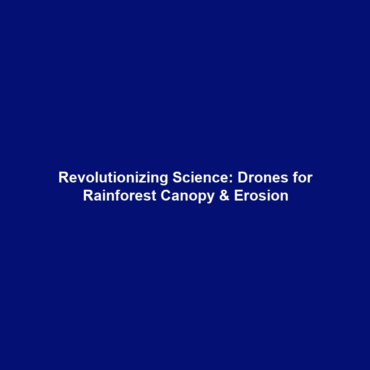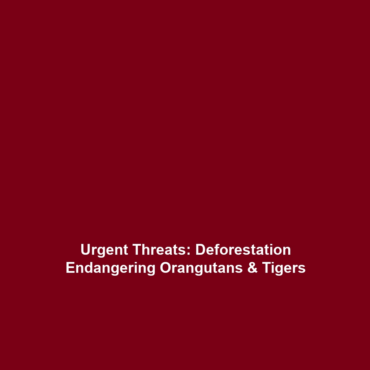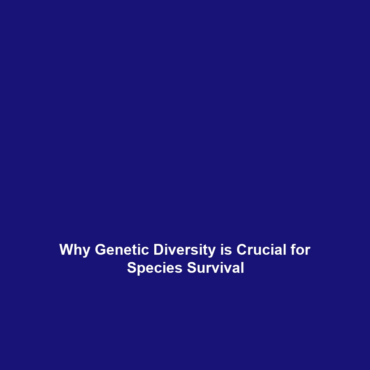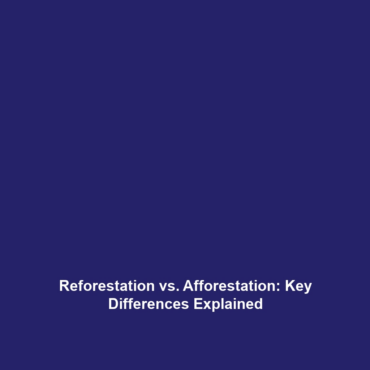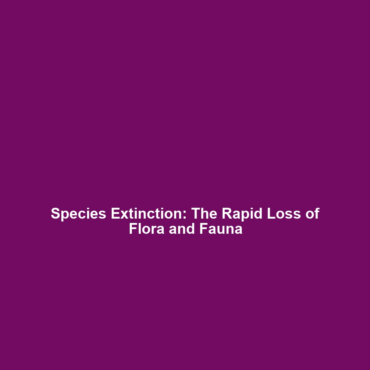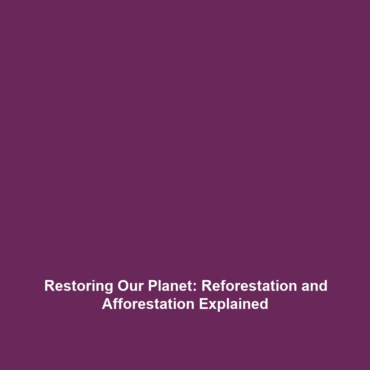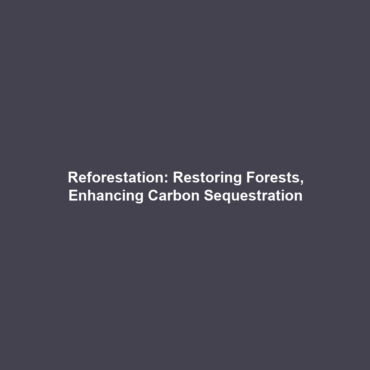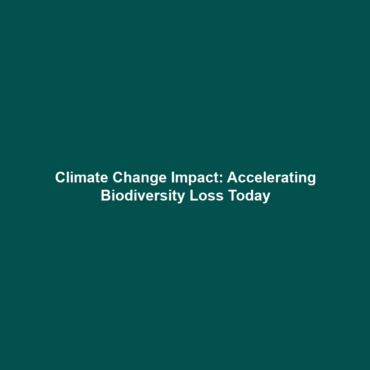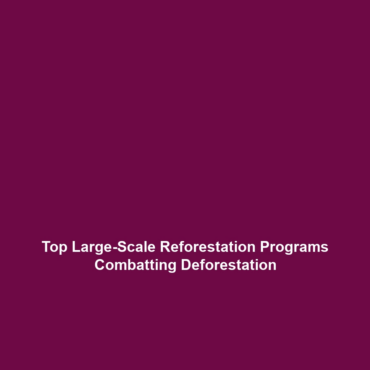Case Studies in Rainforest Canopy Mapping and Coastal Erosion Studies Using Drones
The application of drones in scientific research has revolutionized how we study complex ecosystems and environmental changes. One compelling aspect of this innovation is the mapping of rainforest canopies and monitoring coastal erosion. These case studies exemplify not only the utility of drones in ecological research but also the critical insights they provide into preserving biodiversity and understanding climate change impacts. In this article, we will dive into these case studies, demonstrating their significance and potential applications within the broader category of drones in science.
Key Concepts in Rainforest Canopy Mapping and Coastal Erosion Studies
To fully grasp how drones enhance our understanding of rainforest canopies and coastal systems, we must first address the key concepts involved:
- Drones as Remote Sensing Tools: Drones equipped with LiDAR and high-resolution cameras provide detailed aerial views, enabling researchers to map complex canopy structures and coastal topographies effectively.
- Ecological Impact Assessment: Understanding the dynamics of rainforest canopies is crucial for biodiversity conservation, while monitoring coastal erosion is vital for assessing the impacts of climate change and human activities.
- Data Analysis and Interpretation: Advanced software and algorithms are employed to analyze the data gathered from drone surveys, facilitating more informed decisions for environmental management.
Applications and Real-World Uses
How are case studies in rainforest canopy mapping and coastal erosion studies applied within the category of drones in science? The practical uses of drones in these contexts are profoundly impactful:
- Forest Inventory and Management: By accurately mapping rainforest canopies, researchers can evaluate biodiversity, assess timber resources, and monitor forest health.
- Coastal Habitat Restoration: Drones help in mapping and monitoring coastal ecosystems, vital for restoration projects and understanding erosion patterns.
- Climate Change Monitoring: Regular drone surveys provide critical data that aids in monitoring changes to vulnerable rainforest and coastal ecosystems over time.
Current Challenges in Drones for Rainforest Canopy Mapping and Coastal Erosion Studies
Despite the numerous advantages, challenges and limitations exist when utilizing drones in these studies:
- Regulatory Issues: Navigating airspace regulations can complicate drone operations, especially in protected areas.
- Technical Limitations: Limitations in battery life and the extent of coverage can restrict the depth of data collected in larger study areas.
- Data Processing Demands: The vast amounts of data collected require significant computational resources and expertise to analyze.
Future Research and Innovations
Advancements in drone technology and methodologies signal a promising future for case studies in rainforest canopy mapping and coastal erosion studies:
- AI Integration: The integration of artificial intelligence in data interpretation could enhance accuracy and efficiency in analyzing environmental data.
- Multi-Sensor Drones: Innovations in drone design could allow for multi-sensor integration, enabling simultaneous collection of various types of data.
- Collaboration with Other Technologies: Combining drones with satellite imagery and ground-based instruments could provide a comprehensive view of landscape changes.
Conclusion
Case studies in rainforest canopy mapping and coastal erosion studies vividly illustrate the transformative role of drones in science. By harnessing drone technology, researchers can gain invaluable insights into complex ecological dynamics and inform conservation and management strategies. As we look to the future, ongoing innovation will further enhance the capabilities of drones, solidifying their role as essential tools in environmental research. For further reading on how drones are used in various scientific applications, explore our other articles linked here.
